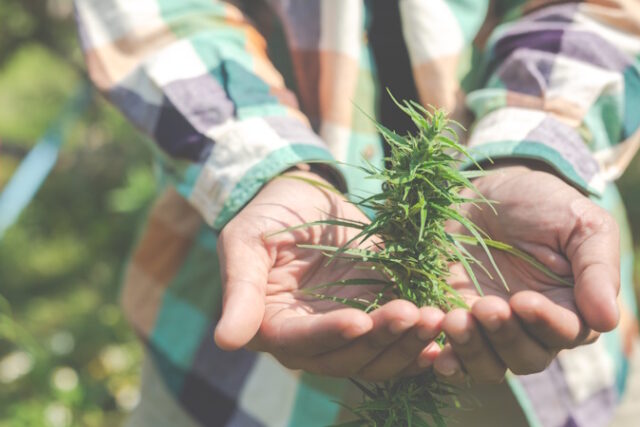
Feminized seeds have revolutionized modern agriculture by ensuring that nearly all plants grown from these seeds will produce female plants. Female plants are the ones that produce the desired flowers or fruits.
Maximizing yields from feminized seeds requires a combination of careful selection, cultivation techniques, and environmental management.
Genetic Selection and Quality Seeds
Start by shopping for feminized seeds from reputable breeders. Select strains known for their yield potential, disease resistance, and desirable characteristics. Thoroughly research and choose genetics that is well-suited to your climate and cultivation goals.
Propagation and Germination
Begin with healthy and vigorous seedlings. Germinate seeds in a controlled environment, such as a propagation tray with a humidity dome, to ensure a high germination rate. Use a well-balanced germination medium and maintain optimal moisture levels.
Optimal Growing Medium
Choose the appropriate growing medium based on your preferred cultivation method. Soil, coco coir, and hydroponics are common options. Ensure proper aeration, drainage, and nutrient-holding capacity to support healthy root development and maximize yields.
Lighting
Provide the right amount and type of light throughout the plant’s life cycle. LED grow lights are popular for their energy efficiency and ability to deliver specific light spectra tailored to each growth phase. Maintain the correct light intensity, duration, and distance to avoid light stress and encourage robust growth.
Nutrient Management
Develop a nutrient regimen that is balanced for your chosen growing medium. Use a combination of essential macronutrients (nitrogen, phosphorus, potassium) and micronutrients (iron, zinc, magnesium) to support vigorous vegetative growth and abundant flowering. Monitor the nutrient levels and adjust as needed to prevent deficiencies or excesses.
Training and Pruning
Employ various training techniques, such as topping, low-stress training (LST), and defoliation, to encourage even canopy growth and maximize light penetration. Properly trained plants can produce more flowering sites and larger buds.
Temperature and Humidity Control
Maintain optimal environmental conditions to avoid stress and encourage healthy growth. During the vegetative phase, aim for temperatures between 70-85°F (21-29°C) and relative humidity around 50-70%. During flowering, slightly lower temperatures (65-80°F or 18-27°C) and lower humidity (40-50%) can help prevent mold and encourage resin production.
Air Circulation and Ventilation
Provide adequate airflow within the grow space to prevent the buildup of heat and humidity around the plants. Proper ventilation helps strengthen stems, prevents pests and diseases, and enhances CO2 distribution, leading to improved photosynthesis and growth.
CO2 Enrichment
If feasible, consider supplementing the growing environment with additional carbon dioxide (CO2) during the vegetative and early flowering stages. Elevated CO2 levels can stimulate photosynthesis, resulting in increased growth and yields.
Pest and Disease Management
Implement a proactive pest management strategy to prevent and address pest and disease issues. Regularly inspect all of the plants for signs of infestations or infections, and use biological controls, beneficial insects, and safe pesticides as necessary.
Flowering and Harvest Timing
Follow the recommended flowering times for the selected strain to optimize yield and potency. Monitor trichome development using a magnifying tool to determine the ideal harvest window, aiming for a mix of cloudy and amber trichomes.
Post-Harvest Care
Properly dry and cure harvested buds to preserve their flavor, potency, and aroma. Use controlled drying conditions and appropriate curing containers to enhance the overall quality of the final product.
Carefully implementing these best farming practices for feminized seed cultivation means you can maximize yields, produce top-quality crops, and ensure a successful harvest. Remember that every strain may have unique requirements, so continuous monitoring and adjustments are key to achieving consistent and impressive results.
Marijuana and Marijuana Product Disclaimer: Marijuana is a Schedule 1 Controlled Substance under the Controlled Substance Act (21 U.S.C. 802) (“CSA”) and the cultivation, distribution, and possession of marijuana is a crime under federal law. Keep all marijuana and marijuana products out of reach of children and animals. The intoxicating effects of marijuana and marijuana products may be delayed up to two (2) hours. Use of marijuana while pregnant or breastfeeding may be harmful. Consumption of marijuana and marijuana products impairs your ability to drive and operate machinery, please use extreme caution.












